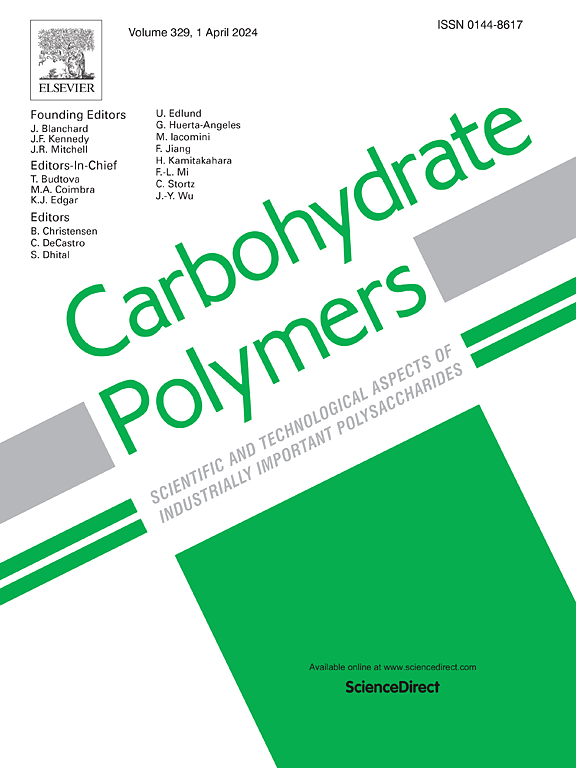Constructing ZIF-8@cellulose/graphene hybrids derived 3D-porous cross-linked network based binary hydrated salts thermochemical composite for solar–thermal energy storage
IF 10.7
1区 化学
Q1 CHEMISTRY, APPLIED
引用次数: 0
Abstract
Benefiting from the advantages of outstanding storage capacity and retention period, hygroscopic salt thermochemical heat storage (TCHS) materials have evolved into a prospective resolution for channeling the instantaneous accessibility of solar energy into an enduring energy output. Herein, an innovative zeolitic imidazolate framework@graphene oxide-bacterial cellulose (ZIF-8@GO-BC) nanofibrous composite was constructed and its interconnected porous carbonaceous framework (ZGBAC) derivative served as the matrix for TCHS material for the first time. The LiOC3/ZGBAC2 composites are furnished with a remarkable hydratability and storage density up to 1446.8 kJ kg−1 entitled by the collaborative effort between ZGBAC2 features hierarchical 3D cross-linked network scaffold, well-defined porosity, highly exposed surface area, and hygroscopic salt hybrids. Meanwhile, the LiOC3/ZGBAC2–60 could retain 95.7 % of the original heat after 20 repeated reactions while showing great solar–thermal conversion competence owing to the desirable thermal conductivity of ZGBAC2, revealing its promising cycle endurance. And the numerical simulation lends credibility to its excellent heat transfer capability. This study is expected to expand the construction strategy of functionalization-oriented multicomponent carbonaceous frameworks via molecular-level architecture adjustment and may also shed light on novel inspirations for high-increment utilization of nanocellulose in solar energy conversion and storage.

求助全文
约1分钟内获得全文
求助全文
来源期刊

Carbohydrate Polymers
化学-高分子科学
CiteScore
22.40
自引率
8.00%
发文量
1286
审稿时长
47 days
期刊介绍:
Carbohydrate Polymers stands as a prominent journal in the glycoscience field, dedicated to exploring and harnessing the potential of polysaccharides with applications spanning bioenergy, bioplastics, biomaterials, biorefining, chemistry, drug delivery, food, health, nanotechnology, packaging, paper, pharmaceuticals, medicine, oil recovery, textiles, tissue engineering, wood, and various aspects of glycoscience.
The journal emphasizes the central role of well-characterized carbohydrate polymers, highlighting their significance as the primary focus rather than a peripheral topic. Each paper must prominently feature at least one named carbohydrate polymer, evident in both citation and title, with a commitment to innovative research that advances scientific knowledge.
 求助内容:
求助内容: 应助结果提醒方式:
应助结果提醒方式:


